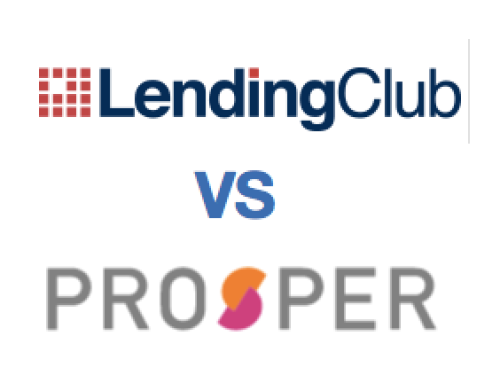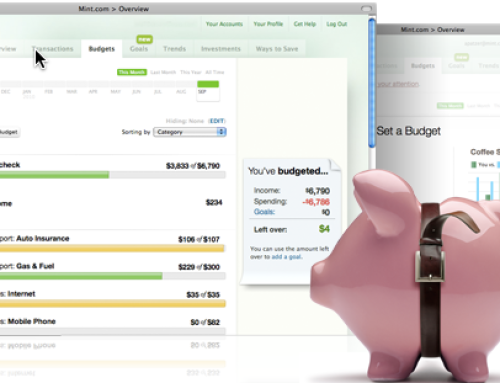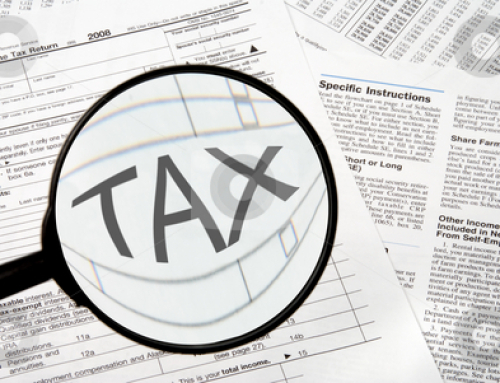Capture Low Credit Card Interest Rates While You Can
Most Americans have become blissfully accustomed to exceptionally low interest rates because, for the past decade or more, prevailing rates in the United States have been historically cheap. For many years (right up until the late 1990s) economists considered any rate as low as six-seven percent to be a bargain. Rates less than 10 percent was considered great for 50 years or more, and in the late 1970s mortgage rates climbed to almost 30 percent. In the wake of the Great Recession, the Federal Reserve did everything in its power to make borrowing easy and less expensive, slashing its core rates so deeply that they have been just a fraction above zero for quite a few years.
Those underlying Federal rates generally set the standard by which retail consumer interest rates are calculated. So when they go down to nearly zero, that affordability spreads to car loans, student loans and even our go-to credit cards, but the federal government runs out of options and solutions by letting rates fall that far. That’s one reason the economic recovery has been so slow. The Fed has not been able to slash interest rates, which is historically one of the best ways to quickly jumpstart a slow economy, because they are already cut to the bone. As legendary investor Warren Buffett explained, rates were already so low that going any further would be like jumping off a pancake; you just wouldn’t get very far.
Is this the End of the New Normal?
There is another problem with extremely low rates; when they stay too low for too long it can cause deflation, which can make economic activity virtually grind to a halt. That happened to Japan and led to a recession that lasted an entire decade. To avoid that scenario, the Fed has been hoping that the economy will heal and become strong enough to allow rates to once again normalize, which means that they need to go higher.
What would rates look like in a healthy and vibrant economy? Many young adults have never seen those rates and will be surprised, frightened even, to learn that for rates to return to normal they have to go dramatically higher. The four percent mortgage rate people complain about because others managed to snag a 3.5 percent rate might, for example, jump to six percent. Instead of zero percent introductory rates, credit card companies might offer 3.99 percent as their rock bottom promotional rate. Welcome to the new normal, which will probably look like the old normal of the late 20th century.
Signs of Upward Pressure
At the end of June 2013, economists were startled to see the rates on 30-year, fixed-rate home loans surge by more than half a percentage point within just one week. That still leaves the average mortgage rate below 4.5 percent, which is great, but the news that troubles many people is that that half a point jump was the largest single-week leap in mortgage rates in more than 26 years. Meanwhile current rates on 30-year mortgages are higher than they have been since the summer of 2011.
Further evidence of a better economic outlook can be found in the housing market, where weakness initially triggered the recession. Today, home prices are up about 12 percent and seem to be continuing their climb as the brisk summer season for real estate sales shift into high gear. Reading the writing on the wall, it is increasingly apparent that the economy is on the mend and interest rates are following the natural, cyclical trend and moving upward. Once they start climbing they have a long way to go before they will come back down again, and they may never be as low as they have been in the past 2-3 years. Experts believe that was an once-in-a-lifetime occurrence, so it’s prudent to prepare for a long future of higher rates.
What You Can Do to Take Advantage
What’s the impact on plastic? If benchmark rates like those at the Fed and the ones offered by mortgage companies continue this trend, we can expect that our credit card rates are also going to head north. The good news is that money market savings account rates will also go up, which will make it easier for those who save to earn more interest on their savings.
So what can you do? Now is the time to jump on those offers of zero percent interest rates on purchases and balance transfers because, with the way things are going, they probably won’t be around much longer. Some card companies are still offering introductory rates that last for 12 months or more, and if you carry debt at zero percent for that long, you may be able to pay it all off before you have to pay a penny in interest. That’s a smart way to prepare for a future where the interest charged on debts may be getting more and more expensive.
Tom Kerr writes for Comparecards.com in addition to others. He has been an avid writer for years, even winning awards for work he’s done.













Follow Us